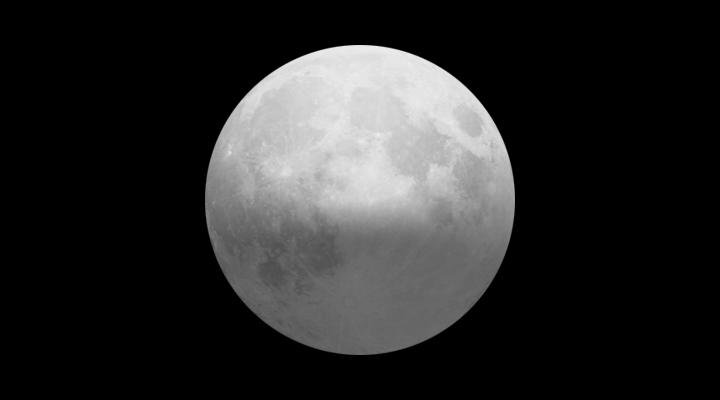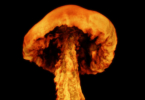Thanks to the ingenuity in solving astronauts’ problems and conquering the Moon, many new inventions were created that still form part of our daily lives and improve its quality. Here are some of them:
Cooling garments that offer comfort.
Fantastic suits, like those worn by Apollo astronauts, which kept them comfortable during space travels and moonwalks, are now worn by race car drivers, nuclear reactor technicians, shipyard workers, people with multiple sclerosis, and children with a congenital disorder known as hypohidrotic ectodermal dysplasia, which limits the body’s ability to cool itself.
Liquid recycling used in space missions simplifies kidney dialysis.
Special dialysis machines were created following a chemical process developed by NASA that removes toxic waste from the dialysis fluid used. The process saves electricity and eliminates the need for a continuous water supply, giving the patient more freedom.
Astronaut cardiovascular conditioning equipment has applications in sports and medical rehabilitation.
A cardiovascular conditioning device developed for astronauts in space led to the invention of a physical therapy and athletic development machine used by football teams, sports clinics, and medical rehabilitation centers.
Space Suit technology has been applied to sneakers.
The design and production of sneakers have also benefited from Apollo missions. Space suit technology is incorporated into the outer shell of a shoe, and a “blow-molding” process, borrowed from NASA’s space suit design, is used in shoe manufacturing.
Common household items and objects with reflective insulation materials.
Insulating barriers made of metalized foil, laid over a core of polypropylene or Mylar, which protected astronauts and their spacecraft instruments from radiation and heat, are now found in common home insulation. Vacuum metallization techniques have also led to a wide range of commercial products, from insulated outerwear to food packaging, from wall coverings to window shades, from life rafts to candy wrappers, and from reflective safety blankets to photographic reflectors.
Apollo Life Support Systems Filter Water.
The water purification technology used on the Apollo spacecraft is now employed in various spin-off applications to kill bacteria, viruses, and algae in water supply systems. Filters mounted on faucets reduce lead in water supplies.
Freeze-dried foods preserve nutrients, increase shelf life.
Freeze-dried food solved the problem of how to feed astronauts on long-duration Apollo missions. Freeze-dried foods preserve nutritional value and taste, also reducing weight and increasing shelf life.
Apollo-derived circuits preserve food freshness and enable large-scale cafeteria service.
A hospital catering system employs a cold-cooking concept used by NASA to serve food. The system allows staff to prepare food in advance, maintaining heat, visual appeal, and nutritional value while reducing operational costs.
Techniques for measuring and monitoring hazardous gases.
A mirror instrument that reflects light and other radiation toward the source is now used as a sensor to detect the presence of hazardous gases in oil fields, refineries, offshore platforms, chemical plants, waste storage sites, and other areas where gases may be released into the environment.
The lubrication process finds a myriad of applications.
A process for bonding dry lubricant to space metals led to the development of surface coatings, or synergistic coatings, used in various fields and applications, from pizza packaging to laser production. Each coating is designed to protect a specific group or groups of metals to solve operational problems, such as resistance to corrosion and wear.
Space suit fabrics have become green building materials.
The same fabric used in Apollo space suits has been transformed into an economical and environmentally friendly building material. Used in structures around the world, fiberglass threads coated in Teflon create a permanent roof similar to a tent. Less expensive than conventional roofing materials, the durable white fabric allows natural light to penetrate, saving a significant amount of energy.
Insulation protects Alaska’s freezing pipelines.
Polyurethane foam insulation with a metallic binder, developed to protect Apollo spacecraft, is now applied to Alaska’s pipelines, where its temperature control properties are in high demand. To keep its fluidity, oil must be maintained at relatively high temperatures, a difficult task in the Arctic. NASA-derived insulation has solved this issue.
Fire-resistant fabrics to safeguard firefighters, soldiers, and motorsport pilots.
After a fire on the Apollo launch pad that resulted in the deaths of three astronauts, NASA worked with private industry to develop a line of fire-resistant fabrics for use in space suits and vehicles. These materials are now used in many fields, including by firefighters, military personnel, and in motorsports.







